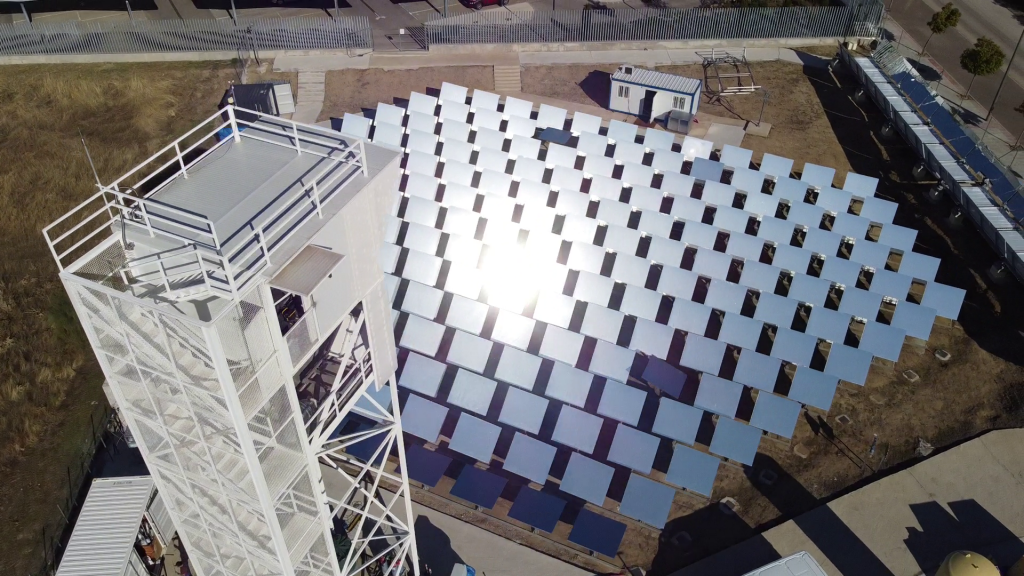Data centers are crucial to the functioning of our digital world, but they come at a significant cost to the environment. The energy consumption of data centers continues to rise, and their carbon footprint is growing exponentially. However, the use of a new programming language called Rust may have the potential to significantly reduce the land used by data centers and mitigate their environmental impact.
Rust is a system programming language that was first released in 2010 by Mozilla. It has gained popularity in recent years due to its focus on safety, concurrency, and performance. Rust’s design allows developers to write low-level code with the same level of abstraction and safety as higher-level languages, such as Python and Ruby.

One of the primary benefits of Rust is its memory safety. Memory safety refers to a programming language’s ability to prevent memory-related errors such as buffer overflows, null pointer dereferences, and use-after-free errors. These types of errors are common in low-level programming languages, such as C and C++, and can lead to serious security vulnerabilities.
Rust’s memory safety features make it well-suited for systems programming, such as building operating systems and web browsers. However, Rust’s safety features also have the potential to reduce the footprint of data centers. This is because data centers require significant amounts of memory to store and process data, and memory-related errors can lead to data loss and system downtime.

By using Rust, data centers could reduce the amount of memory required to operate, which would lead to a reduction in the physical space required to house servers. This reduction in physical space would result in lower energy consumption for cooling and power, as well as a reduction in the amount of land required to house the data center.
In conclusion, the adoption of Rust as a programming language has the potential to significantly reduce the environmental impact of data centers. Its memory safety features can lead to a reduction in physical space requirements, resulting in lower energy consumption and a smaller environmental footprint. As the need for data centers continues to grow, it’s important to explore innovative solutions that prioritize sustainability and reduce their environmental impact.


